-
 bitcoin
bitcoin $122025.899241 USD
-2.12% -
 ethereum
ethereum $4488.068729 USD
-4.11% -
 bnb
bnb $1315.348019 USD
8.65% -
 tether
tether $1.000457 USD
0.03% -
 xrp
xrp $2.875326 USD
-3.69% -
 solana
solana $222.043604 USD
-4.07% -
 usd-coin
usd-coin $0.999682 USD
0.00% -
 dogecoin
dogecoin $0.249887 USD
-5.62% -
 tron
tron $0.337379 USD
-2.59% -
 cardano
cardano $0.827763 USD
-5.06% -
 hyperliquid
hyperliquid $45.774531 USD
-2.43% -
 chainlink
chainlink $22.079309 USD
-5.87% -
 ethena-usde
ethena-usde $1.000156 USD
0.02% -
 sui
sui $3.482566 USD
-3.57% -
 stellar
stellar $0.386982 USD
-4.92%
What is a perpetual future?
Perpetual futures allow traders to speculate on crypto prices indefinitely without expiry, using leverage and funding rates to align with spot markets.
Sep 16, 2025 at 05:37 pm
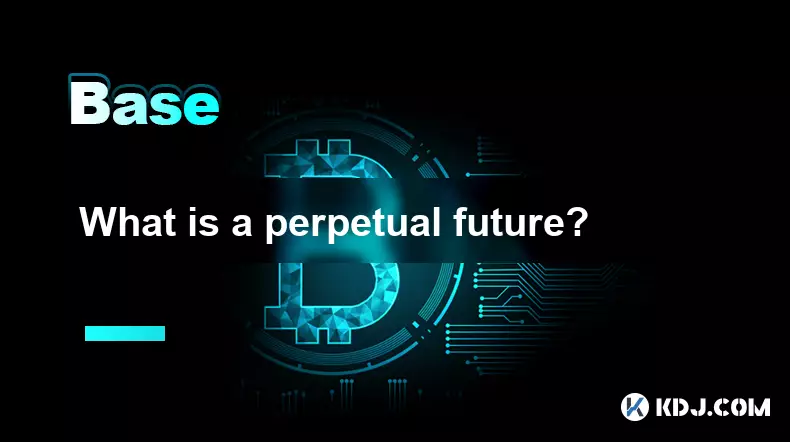
Understanding Perpetual Futures in the Cryptocurrency Market
1. A perpetual future, commonly referred to as a perpetual contract or simply a 'perp,' is a type of derivative product that allows traders to speculate on the price of an underlying cryptocurrency without an expiration date. Unlike traditional futures contracts that settle on a specific date, perpetuals can be held indefinitely, making them highly attractive for both short-term and long-term trading strategies.
2. These contracts are primarily settled in stablecoins or the native cryptocurrency of the exchange, such as USDT or BTC. This settlement mechanism enhances liquidity and reduces friction in trading, especially across different platforms. Traders can go long (betting the price will rise) or short (beting the price will fall), providing flexibility in volatile markets.
3. One of the defining features of perpetual futures is the funding rate mechanism. To keep the contract price aligned with the spot market price, exchanges implement periodic payments between long and short positions. When the perpetual trades above the spot price, longs pay shorts; when it trades below, shorts pay longs. This ensures convergence without requiring an expiry.
4. Leverage is another critical aspect. Most exchanges offer high leverage options—ranging from 5x to over 100x—amplifying both potential gains and losses. While this attracts experienced traders seeking amplified returns, it also increases risk, particularly during periods of extreme volatility common in crypto markets.
5. Perpetual futures are traded predominantly on centralized derivatives exchanges like Binance, Bybit, and OKX, though decentralized platforms such as dYdX have also gained traction. The growing volume in perp trading has made it a central component of crypto market dynamics, influencing price action and sentiment.
Key Mechanics Behind Perpetual Contracts
1. The absence of an expiry date distinguishes perpetual futures from traditional futures. Instead of rolling over positions into new contracts, traders maintain open positions as long as they meet margin requirements. This simplifies position management and enables continuous exposure.
2. The mark price is used to prevent manipulation and unfair liquidations. It’s typically derived from the average spot price across major exchanges, acting as a reference point for calculating unrealized profits and losses. This protects traders during flash crashes or pump-and-dump scenarios.
3. Maintenance margin and liquidation thresholds are enforced automatically by the platform. If a trader’s equity falls below the required margin level due to adverse price movements, the position is closed out. Liquidation engines work in real-time, often triggering cascading effects during sharp market moves.
4. Funding rates are exchanged every eight hours on most platforms. The rate is determined algorithmically based on the premium between the perpetual contract and the index price. High demand for long positions pushes funding rates positive, incentivizing shorts and balancing the market.
5. Insurance funds are maintained by exchanges to cover losses from undercollateralized liquidations. These pools grow from a portion of traders’ realized losses and help ensure orderly settlement even during extreme volatility.
Risks and Market Impact of Perpetual Futures
1. High leverage introduces significant risk, especially for inexperienced traders. A small move against a leveraged position can lead to total loss of capital. Emotional decision-making combined with leverage often results in substantial financial damage.
2. Funding rates can become extremely negative or positive during prolonged trends, increasing the cost of holding positions. Traders going against the dominant market sentiment may face continuous payments, eroding profits over time.
3. The dominance of perpetual futures in trading volume has led some analysts to argue that derivatives activity now drives spot prices rather than reflecting them. Large liquidation events can trigger sharp reversals, creating self-fulfilling price movements.
4. Exchange-specific risks include downtime during high volatility, slow execution, and opaque liquidation practices. Some platforms have been criticized for benefiting from frequent liquidations through hidden fees or insurance fund accruals.
5. Regulatory scrutiny is increasing as perpetual contracts blur the line between gambling and investment. Jurisdictions like the U.S. have restricted or banned these products, citing investor protection concerns and systemic risk.
Frequently Asked Questions
What determines the funding rate in perpetual futures?The funding rate is calculated based on the difference between the perpetual contract price and the underlying asset’s spot index price. Exchanges use a formula that includes a premium index and interest rate component, updated regularly to reflect market conditions.
Can perpetual futures be traded on decentralized platforms?Yes, decentralized exchanges like dYdX, GMX, and Kwenta offer perpetual futures with non-custodial trading. These platforms use smart contracts and oracles to manage pricing, margin, and liquidations without centralized intermediaries.
How do exchanges prevent manipulation in perpetual markets?Exchanges use mark prices derived from external data sources to calculate liquidations and profits. They also impose position limits, circuit breakers, and real-time monitoring systems to detect and mitigate manipulative behavior.
Why do some countries ban perpetual futures?Regulators view high-leverage perpetual contracts as excessively risky for retail investors. The potential for rapid losses, lack of transparency, and susceptibility to market manipulation have led several jurisdictions to restrict or prohibit these instruments.
Disclaimer:info@kdj.com
The information provided is not trading advice. kdj.com does not assume any responsibility for any investments made based on the information provided in this article. Cryptocurrencies are highly volatile and it is highly recommended that you invest with caution after thorough research!
If you believe that the content used on this website infringes your copyright, please contact us immediately (info@kdj.com) and we will delete it promptly.
- BlockDAG, DOGE, HYPE Sponsorship: Crypto Trends Shaping 2025
- 2025-10-01 00:25:13
- Deutsche Börse and Circle: A StableCoin Adoption Powerhouse in Europe
- 2025-10-01 00:25:13
- BlockDAG's Presale Buzz: Is It the Crypto to Watch in October 2025?
- 2025-10-01 00:30:13
- Bitcoin, Crypto, and IQ: When Genius Meets Digital Gold?
- 2025-10-01 00:30:13
- Stablecoins, American Innovation, and Wallet Tokens: The Next Frontier
- 2025-10-01 00:35:12
- NBU, Coins, and Crypto in Ukraine: A New Yorker's Take
- 2025-10-01 00:45:14
Related knowledge

How does cryptocurrency achieve decentralization?
Sep 30,2025 at 04:37am
Understanding the Foundation of Decentralization in Cryptocurrency1. Cryptocurrency achieves decentralization primarily through the use of blockchain ...
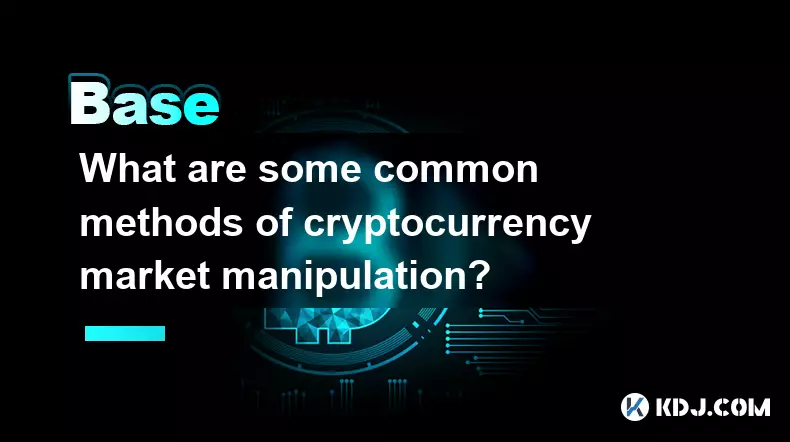
What are some common methods of cryptocurrency market manipulation?
Sep 27,2025 at 02:55am
Wash Trading and Its Impact on Market Perception1. Wash trading involves an individual or entity simultaneously buying and selling the same cryptocurr...
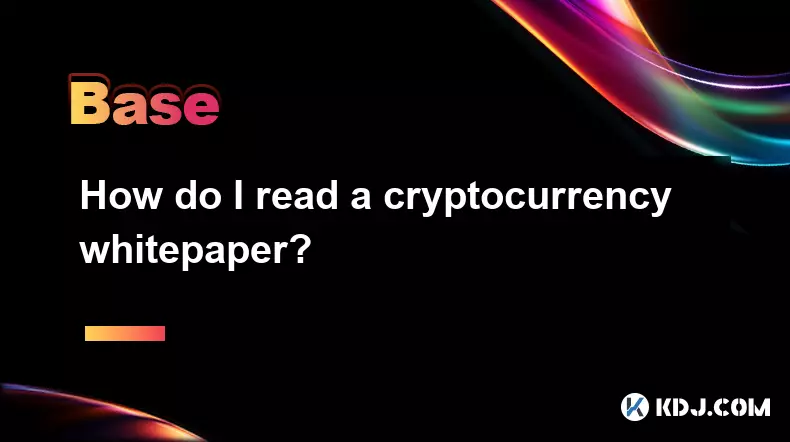
How do I read a cryptocurrency whitepaper?
Sep 27,2025 at 05:54am
Understanding the Structure of a Cryptocurrency Whitepaper1. Begin by identifying the executive summary, which outlines the project’s core vision and ...
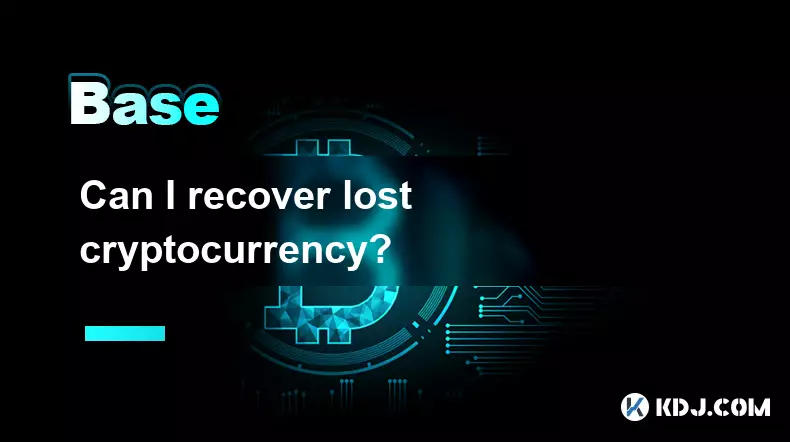
Can I recover lost cryptocurrency?
Sep 25,2025 at 08:18am
Understanding the Nature of Cryptocurrency Loss1. Cryptocurrency operates on decentralized networks, meaning there is no central authority to reverse ...
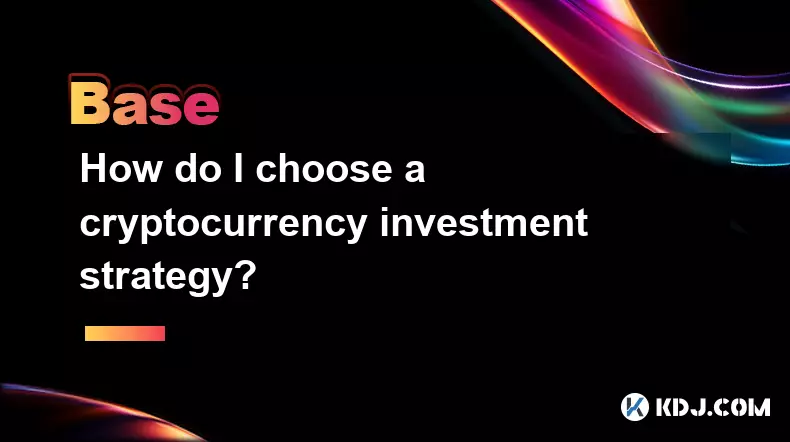
How do I choose a cryptocurrency investment strategy?
Sep 27,2025 at 03:55pm
Understanding Risk Tolerance in Crypto Investing1. Assessing personal risk tolerance is a foundational step when entering the cryptocurrency market. V...
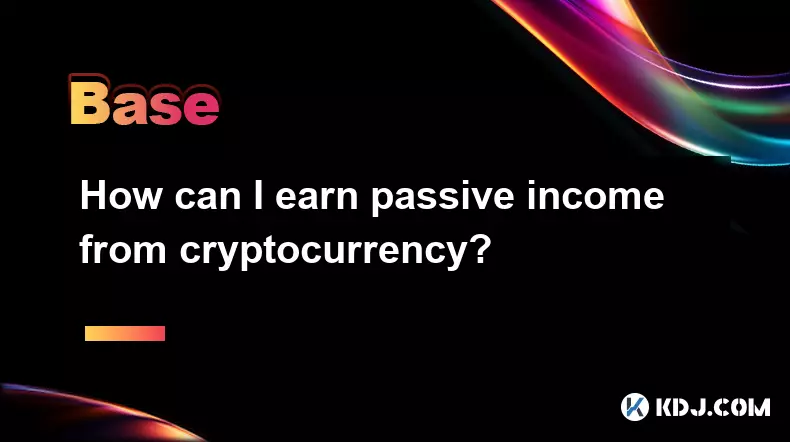
How can I earn passive income from cryptocurrency?
Sep 23,2025 at 10:18am
Staking Cryptocurrencies for Regular Returns1. Many blockchain networks operate on a proof-of-stake (PoS) consensus mechanism, allowing users to earn ...

How does cryptocurrency achieve decentralization?
Sep 30,2025 at 04:37am
Understanding the Foundation of Decentralization in Cryptocurrency1. Cryptocurrency achieves decentralization primarily through the use of blockchain ...

What are some common methods of cryptocurrency market manipulation?
Sep 27,2025 at 02:55am
Wash Trading and Its Impact on Market Perception1. Wash trading involves an individual or entity simultaneously buying and selling the same cryptocurr...

How do I read a cryptocurrency whitepaper?
Sep 27,2025 at 05:54am
Understanding the Structure of a Cryptocurrency Whitepaper1. Begin by identifying the executive summary, which outlines the project’s core vision and ...

Can I recover lost cryptocurrency?
Sep 25,2025 at 08:18am
Understanding the Nature of Cryptocurrency Loss1. Cryptocurrency operates on decentralized networks, meaning there is no central authority to reverse ...

How do I choose a cryptocurrency investment strategy?
Sep 27,2025 at 03:55pm
Understanding Risk Tolerance in Crypto Investing1. Assessing personal risk tolerance is a foundational step when entering the cryptocurrency market. V...

How can I earn passive income from cryptocurrency?
Sep 23,2025 at 10:18am
Staking Cryptocurrencies for Regular Returns1. Many blockchain networks operate on a proof-of-stake (PoS) consensus mechanism, allowing users to earn ...
See all articles










































































